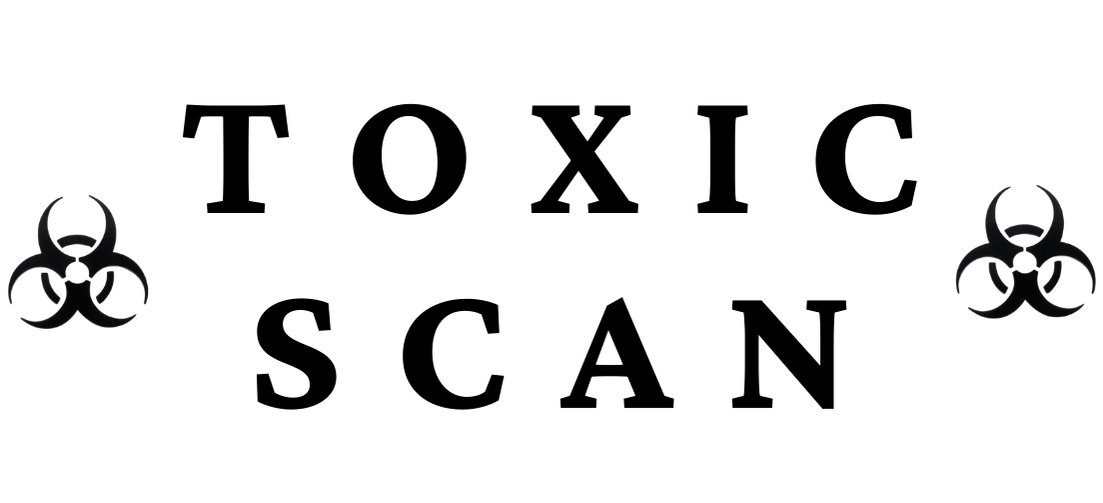E131: Patent Blue V
E131: Patent Blue V
What is E131 (Patent Blue V)?
Patent Blue V (E131) is a synthetic triphenylmethane dye that provides a blue coloration to food and beverages. This synthetic dye is also known as Food Blue 5 and Sulphan Blue. It is particularly valued for its stability and vibrant blue color that can be blended with other dyes to create a range of color effects in food applications.
Source and Production
Patent Blue V is entirely synthetic and is not found in nature:
- Chemical synthesis: Manufactured from coal tar derivatives or petroleum 2. Production process: Involves a series of chemical reactions including sulfonation of triphenylmethane compounds 3. Purification: Processed to meet food-grade standards and specifications 4. Quality control: Tested for heavy metals, unwanted byproducts, and other potential contaminants
The resulting dye is a water-soluble powder or granule, capable of imparting an intense blue color to foods and beverages even in small concentrations.
Common Uses in Food
E131 is used in a variety of food products, including:
- Confectionery and candy
- Desserts and ice cream
- Alcoholic and non-alcoholic beverages
- Bakery products and cake decorations
- Processed fruit products
- Dairy products
- Pharmaceutical applications (coatings, syrups)
- Cosmetics (though this is not a food application)
Health and Safety
Safety Assessment
Patent Blue V has been evaluated by several regulatory bodies:
- The European Food Safety Authority (EFSA)
- The Joint FAO/WHO Expert Committee on Food Additives (JECFA)
The Acceptable Daily Intake (ADI) has been established at 0-15 mg/kg body weight by JECFA, though this value has been questioned by some more recent assessments.
Safety Concerns
Several health concerns have been associated with Patent Blue V:
- Allergic reactions: Known to cause allergic responses in susceptible individuals, ranging from mild skin reactions to anaphylaxis
- Histamine release: Can trigger histamine release in some people, causing symptoms similar to allergic reactions
- Hyperactivity: Some studies suggest it may contribute to hyperactivity in sensitive children
- Immunological effects: Reported to affect immune system functions in certain individuals
- Bioaccumulation: May accumulate in the body over time with regular consumption
High-Risk Populations
Certain groups may be more vulnerable to adverse effects from E131:
- Individuals with existing allergies, especially to aspirin or other food dyes
- People with asthma
- Children with attention disorders
- Those with histamine intolerance
- Individuals with compromised immune systems
Regulatory Status
The regulatory status of E131 varies significantly by country:
- European Union: Approved as E131 but with increasing restrictions
- United States: Not approved by the FDA for food use
- United Kingdom: Permitted but increasingly avoided by manufacturers
- Australia/New Zealand: Approved as food additive 131
- Canada: Permitted in some food applications
- Nordic countries: More strictly regulated than in other parts of Europe
- Japan: Subject to strict limitations
In recent years, there has been a trend toward more restrictive regulation of this dye in many jurisdictions.
Identification on Labels
Patent Blue V may be identified on food labels as:
- E131
- Patent Blue V
- Food Blue 5
- Sulphan Blue
- CI 42051
- Acid Blue 3
Alternatives to E131
Several alternatives to Patent Blue V are available:
-
Natural blue colorings:
- Spirulina extract (blue-green algae)
- Butterfly pea flower extract
- Gardenia fruit extract
- Blueberry and blackcurrant extracts (though these are more purple than blue)
-
Other synthetic blue colorings:
- Brilliant Blue FCF (E133) – generally considered to have a better safety profile
- Indigo Carmine (E132) – also synthetic but with different properties
Special Considerations
Consumers should be aware of several important factors regarding Patent Blue V:
- Cross-reactivity: People allergic to other synthetic dyes may also react to Patent Blue V
- Medical procedures: Sometimes used as a dye in certain medical procedures and has caused severe allergic reactions in this context
- Hidden sources: May be present in medications, cosmetics, and personal care products as well as foods
Conclusion
E131 (Patent Blue V) is a synthetic blue food coloring with relatively high health concerns compared to many other food additives. Its association with allergic reactions, including potentially severe ones, is the main reason for its toxicity rating of 4. While it continues to be approved for use in many countries, there is a growing trend toward replacing it with natural alternatives or synthetic dyes with better safety profiles. Consumers with allergies or sensitivity to food additives may wish to avoid products containing this coloring.
